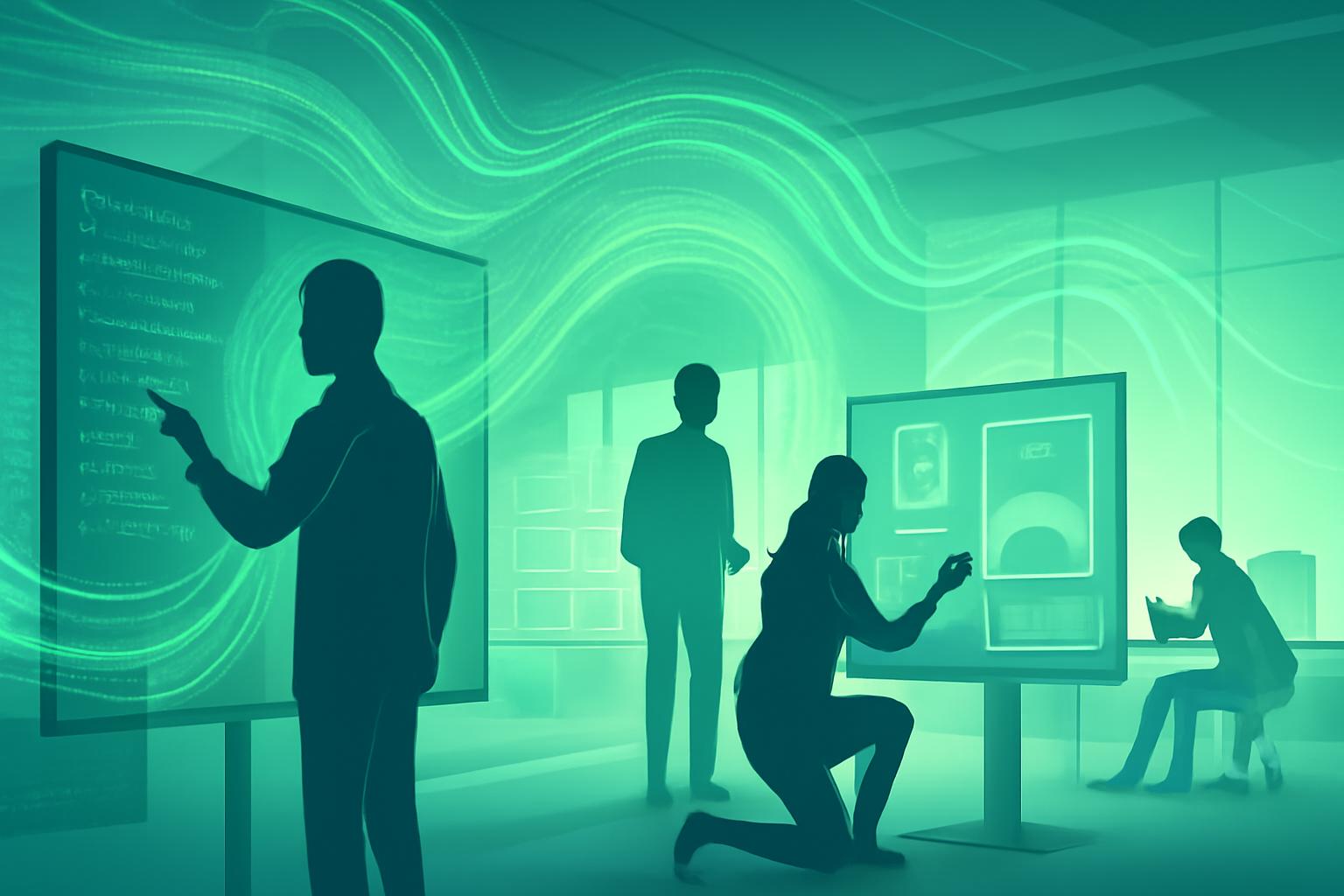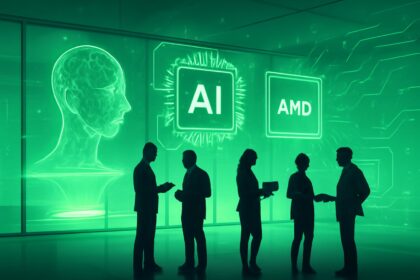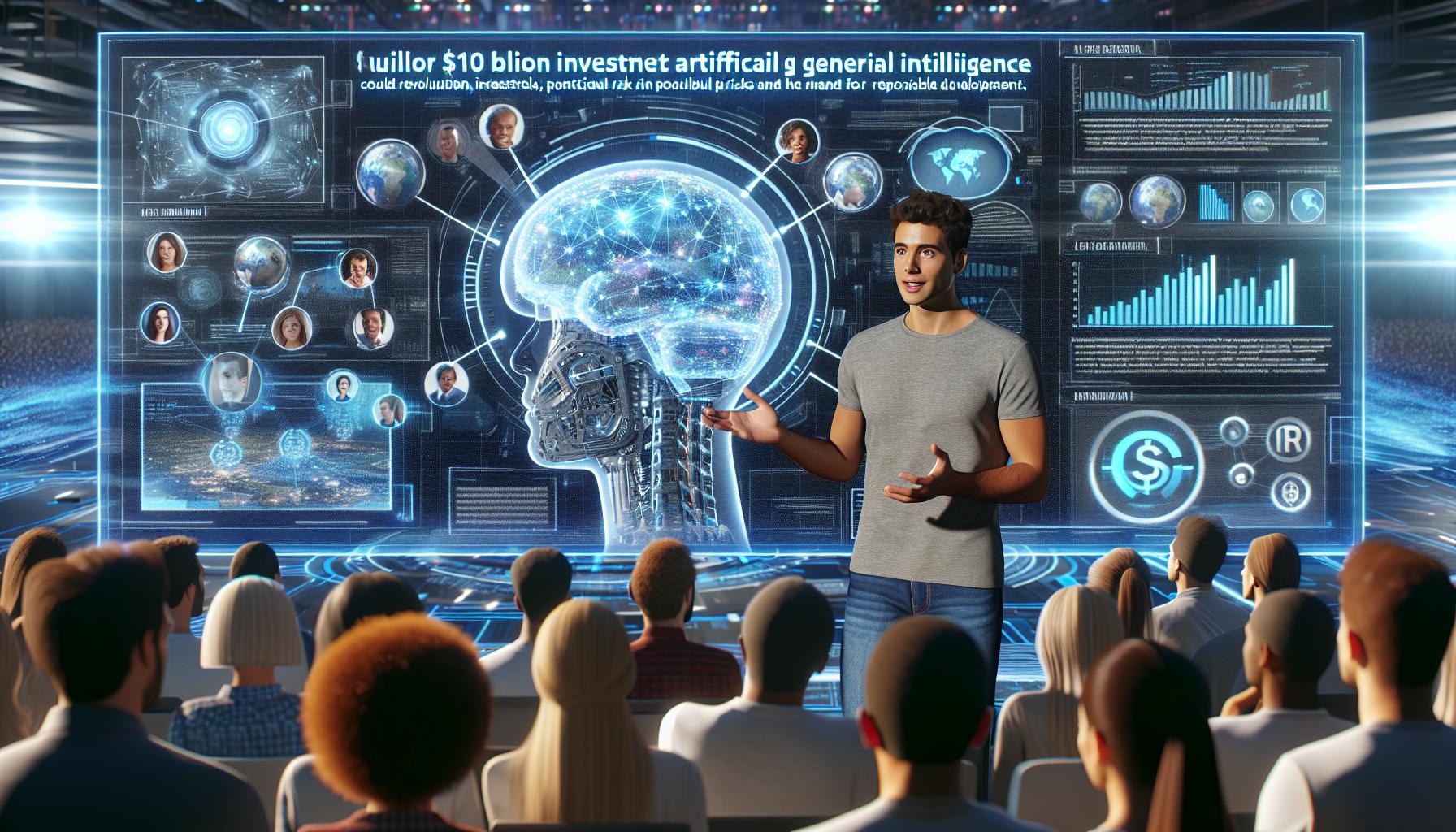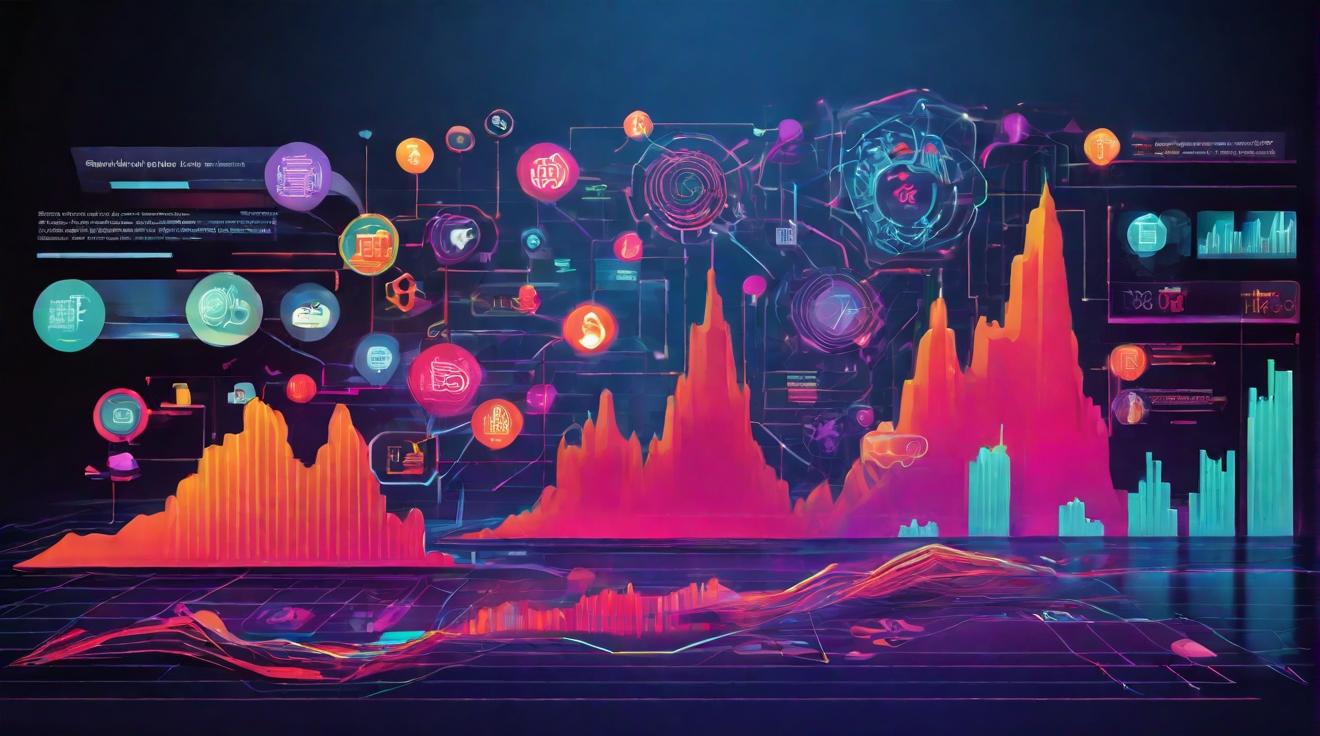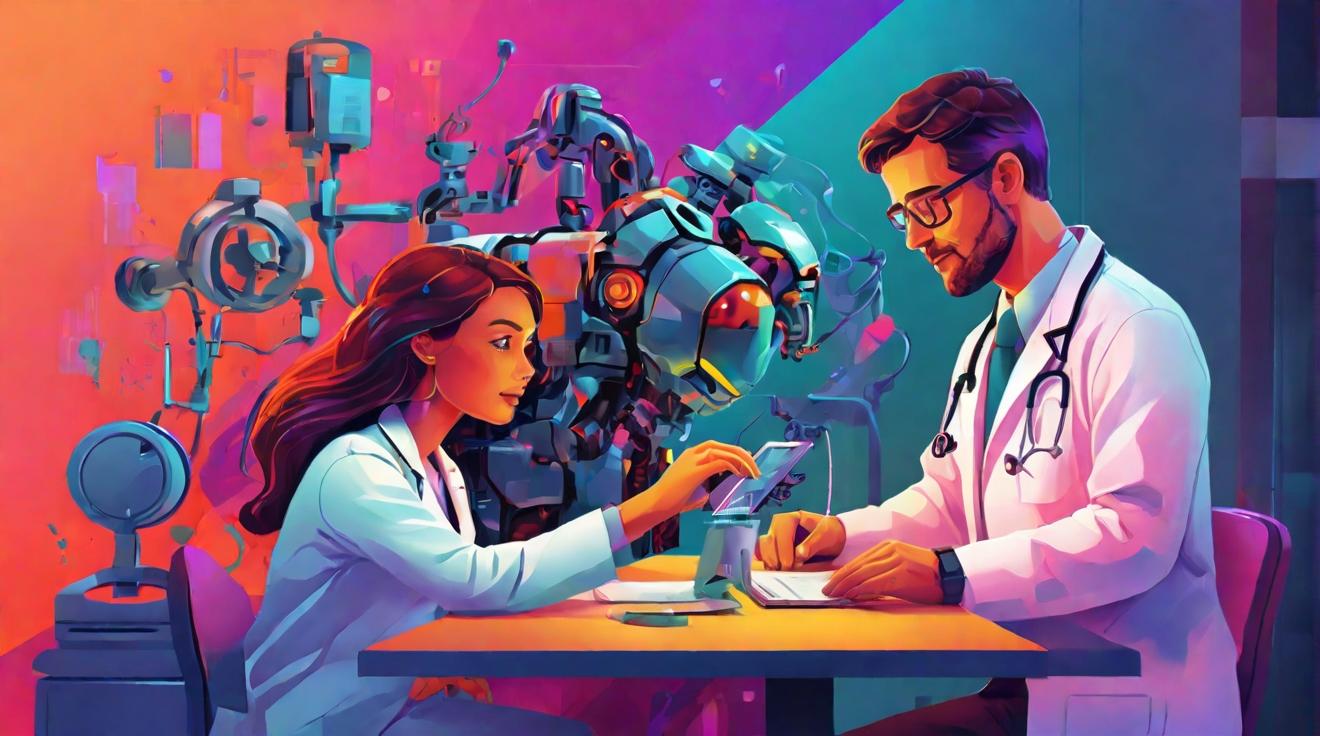The Reinforcement Gap: Uneven Progress in AI Capabilities
AI-powered coding tools are advancing at an unprecedented pace. While these developments may go unnoticed outside technical fields, recent iterations of models such as GPT-5, Gemini 2.5, and Sonnet 2.4 have unlocked new automation capabilities for developers. Conversely, AI applications in less measurable domains—like email writing or multi-task chatbots—have seen far more incremental improvements, despite underlying model enhancements.
Why Coding Skills Advance Faster: The Role of Reinforcement Learning
The key driver behind this disparity is reinforcement learning (RL), which thrives on billions of clearly defined, pass-fail tests. Coding tasks naturally lend themselves to such testing through unit, integration, and security tests, enabling AI models to learn efficiently from automated feedback loops. Human graders can also be used in RL, but the process is most effective when the evaluation metric is objective and scalable, which is rarely the case for subjective tasks like writing.
Subjective vs. Objective AI Tasks: The Challenge of Testability
Tasks such as composing well-crafted emails or generating coherent chatbot responses lack standardized, large-scale evaluation metrics, limiting the pace of AI improvement in these areas. However, not all complex tasks are equally untestable. Industries like accounting and actuarial science could develop rigorous testing frameworks, provided sufficient resources and expertise, to enable RL-driven automation.
Unexpected Progress in AI-Generated Video
AI-generated video, traditionally deemed difficult to evaluate automatically, has recently seen breakthroughs. OpenAI’s Sora 2 model exemplifies this with improved consistency in object permanence, facial identity retention, and physical realism. These advancements suggest the implementation of specialized reinforcement learning systems targeting distinct qualitative aspects of video generation, bridging previously challenging evaluation gaps.
Broader Implications of the Reinforcement Gap
As reinforcement learning remains the cornerstone of AI development, the divide between easily testable and subjective skills—the reinforcement gap—will widen, influencing both the trajectory of AI product development and labor market dynamics. Startups focusing on RL-friendly domains are positioned for rapid automation success, potentially displacing current professionals. Conversely, sectors dependent on subjective skillsets may experience slower transformation. The healthcare industry, for example, faces critical questions about which services can be reliably automated through RL, with significant economic consequences over the next two decades. Surprises like Sora 2 hint that the boundaries of RL applicability may continue to expand, accelerating automation in unexpected areas.
About the Author
Russell Brandom has covered technology and platform policy since 2012, contributing to The Verge, Wired, and MIT Technology Review. Reach him at russell.brandom@techcrunch.co.
FinOracleAI — Market View
Reinforcement learning’s central role in AI development creates a bifurcation in skill progression, favoring domains with clear, repeatable evaluation metrics. This dynamic will shape investment strategies, product roadmaps, and workforce planning across sectors.
- Opportunities: Accelerated automation in software development, competitive mathematics, and emerging areas like AI-generated video.
- Risks: Slower progress in subjective or poorly testable domains may limit product improvements and pose challenges for workforce adaptation.
- Strategic Focus: Developing scalable testing frameworks for complex tasks could unlock new automation frontiers.
- Economic Impact: Shifts in job markets, particularly in healthcare and professional services, will depend on RL applicability.
Impact: The reinforcement gap will increasingly dictate which AI capabilities advance rapidly, influencing product innovation and labor market evolution over the next decade.





